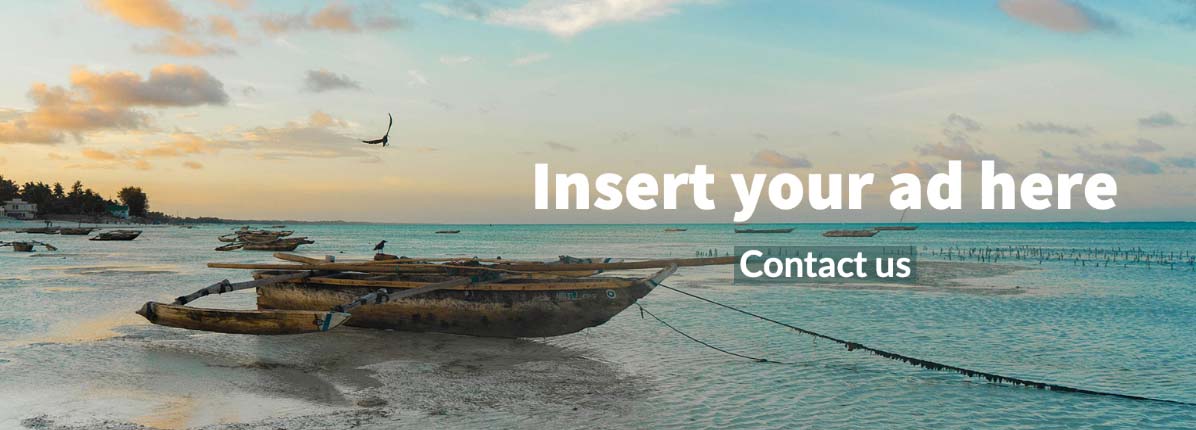Wavesailing? Don’t you just mean windsurfing? Yes and no. Wavesailing is a combination of windsurfing and wave surfing. This means you don’t depend on the waves for your speed, but you can use them as a boost. This new craze, blown over from Australia, is now also taking hold in South Africa and Namibia. Dive – or surf – into the world of wavesailing with us.
The best of both worlds: wind surfing and wave surfing
Wavesailing combines wave surfing and windsurfing for an additional dynamic. The trick is to use a windsurf board to ride the higher waves that you normally don’t. Because your speed and position in the water does not depend on the waves, you decide when and where you start a wave. When a wave breaks unexpectedly, you can literally bypass it. As soon as a wave is over, you don’t have to paddle back; you just use the wind to find a new position.
Because you surf the waves, you achieve above-average speed for a windsurfer. This is wonderful for the pros, because you can also use the waves as a ramp. With these, you can fly long distances through the air and perform great tricks. Although it doesn’t have to be just about the extremes. This way of surfing is also more practical, as you can avoid the crowded waves and maintain more momentum.
Equipment for wavesailing
How you prepare your equipment is of great importance when wavesailing. A bigger board with a lot of buoyancy is handy. This is particularly useful when you want to escape from the current of a wave. A strong sail that can catch a lot of wind is also wise when wavesailing. This makes it easier to get out of the wrong spot when the current subsides. Finally, it’s a good idea to use sturdy material. If you go down, the blow on the water can be quite hard. It’s a shame if your surf kit breaks and you have to stop.
OFF SEASON Clips – Cape Town Wave Action from Fanatic International.
South Africa: the tall waves of Cape Town
The bays around Cape Town create perfect waves for wavesailing. Especially at speed, you can get great airtime. Not only Cape Town lends itself to this; almost all the towns along the surfing cities along the Garden Route, such as Jeffreys Bay, are a good option. Although it can be said that the highest waves are more often than not found in Cape Town. Of course, this means that you want to be prepared when you brave those fierce waves.
Namibia: miles-long waves in Skeleton Bay
Where the dunes of the Namib end, the waves of the Atlantic Ocean lash against the land. The Skeleton Coast is a famous surf spot in Namibia, where the waves roll for miles. The top spot is Skeleton Bay, where the waves break left. You have to be careful when wavesailing, because the waves often turn into tunnels. Beautiful, but a little awkward with your sail sticking through it. So try to stay in front of the tunnels. Don’t forget to get enough rest in between. Because the waves go on for so long, it takes a lot of energy. A quiet moment in between certainly can’t hurt.


Recent Comments